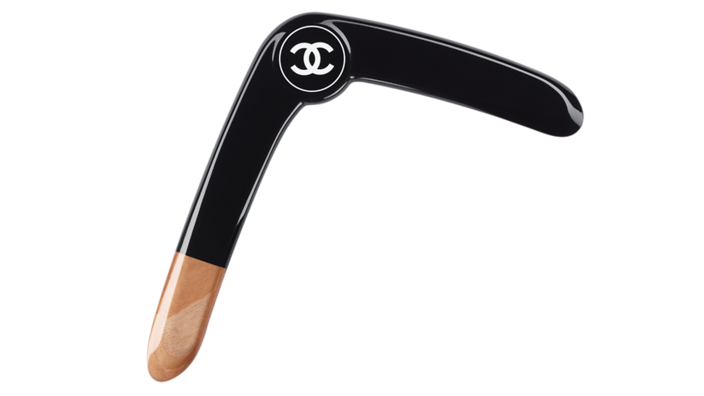Gucci is for its recently showcased “Indy Full Turban”, priced at nearly US$800 by retailer Nordstrom, for the product’s appropriation of Sikh religion and practices.
Sikhs were quick to point out that Gucci’s product trivialises the dastaar (turban) as an overpriced for white models, while ignoring the garment’s cultural significance and the fact that Sikhs are still for expressing their faith.
One critic of Gucci’s actions offered to to highlight Gucci’s hefty commodification of the religious garment, while others recommended reading an to those unfamiliar to the garment’s meaning.
It's not the first time a high-end fashion house has courted controversy.
Dolce & Gabbana's 'racist' promo videos
In late 2018, Dolce & Gabbana over racially offensive uploaded ahead of a long-planned fashion show in Shanghai. The videos, which involved a giggling Chinese woman struggling to eat Italian food with chopsticks, were underlaid by of the west “teaching” the east and included demeaning innuendo like
Widespread backlash, including criticism by , lead to the of the Shanghai fashion show. Leaked messages from Dolce & Gabbana co-founder Stefano Gabbana revealed him .
Dolce & Gabbana are . Chinese online retailers like Alibaba’s TMall still haven’t reintroduced Dolce & Gabbana products, Chinese luxury department stores have pulled the brand from their shops, and latest issues of influential local magazines like Vogue China no longer feature the Italian brand’s ads or products. Abroad, .
Burberry: 'noose neck' hoodie
Earlier this year, Burberry were pushed to apologise after . In their statement, Burberry chief executive Marco Gobetti claims the design was , but say the noose-style knot was too specific to be coincidental.
Model Liz Kennedy, who participated in the show, wrote an condemning the fashion house, highlighting the insensitivity of the noose’s inclusion and how it distressed her personally after her own experience with suicide within her family. Kennedy also claims that when she raised her concerns to her superiors, she was dismissed with “it’s fashion. Nobody cares about what’s going on in your personal life so just keep it to yourself”.
Dr Antonis Kousoulis of the Mental Health Foundation influential brands like Burberry have a responsibility to adhere to standards around suicide and be mindful of how their imagery impacts audiences. “There are thousands of people who have been impacted by suicide. At the very least, brands should be thoughtful that images can be triggering.”
Burberry has since to give employees mandatory training on mental health sensitivity and increase its support for charity.

The Chanel boomerang. Source: Supplied
Chanel's $2000 boomerang
In 2017 Chanel for appropriating Indigenous Australian culture by selling a boomerang that retailed for almost $2000. The product came to prominence when American makeup artist Jeffree Star of it on his social media pages.
Proud Gomeroi woman Madeline Hayman-Reber said the controversy and how it negatively impacts Aboriginal artists. “Our artists spend hours and hours telling stories more than 50,000 years old,” she says. “The label may say 'boomerang' and it bears the same iconic curve, but it comes with no story, no experience and quite frankly, is a slap in the face to all the Indigenous artists actively sharing Aboriginal culture.”



